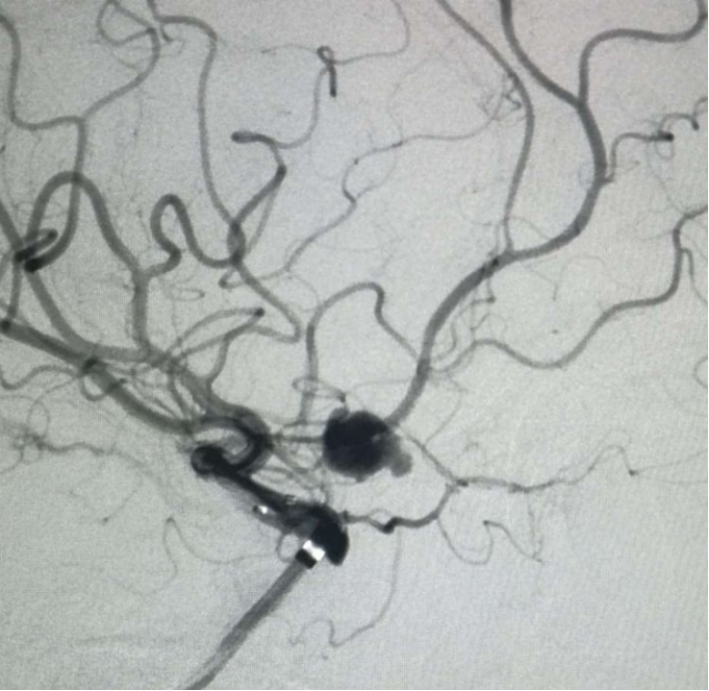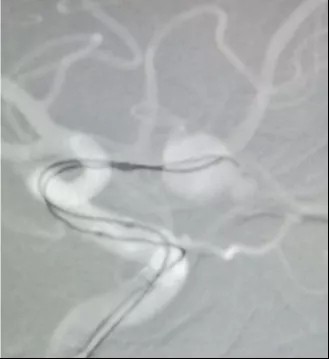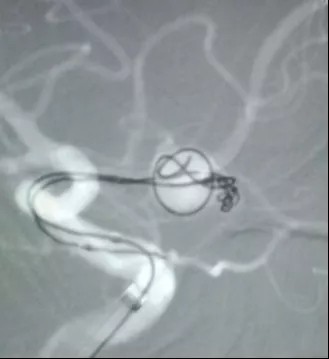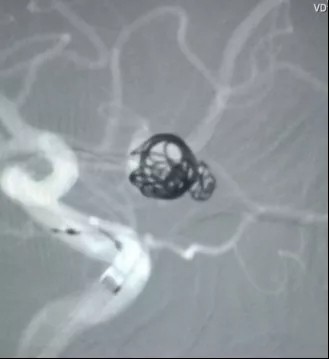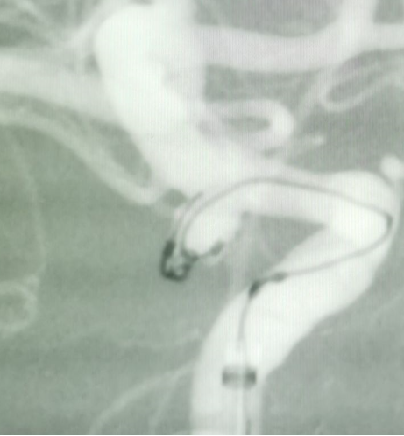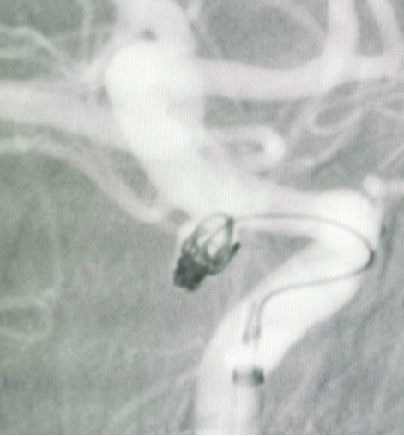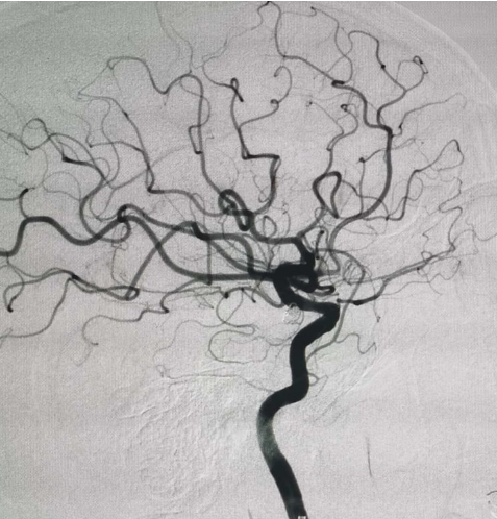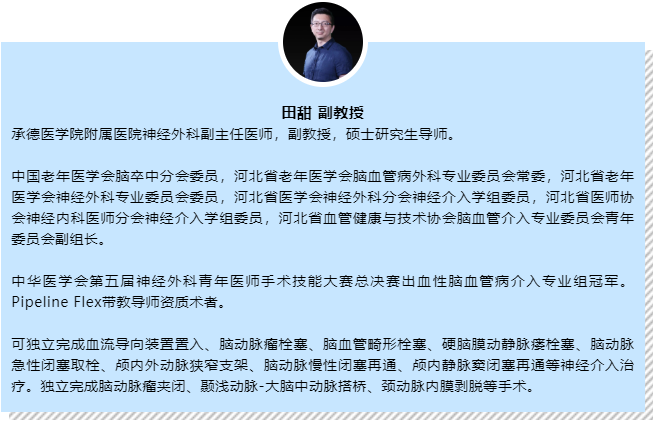[1]. Vlak MH, Algra A, Brandenburg R, et al. Prevalence of unruptured intracranial aneurysms, with emphasis on sex, age, comorbidity, country, and time period: a systematic review and meta-analysis. Lancet Neurol. 2011;10:626-636.
[2]. Antti E. Lindgren, Timo Koivisto, Joel Bjorkman, et al. Irregular shape of intracranial aneurysm indicates rupture risk irrespective of size in a population-based cohort. Stroke. 2016;47:1219-1226.
[3]. Joel Bjorkman, Juhana Frosen, Olli Tahtinen, et al. Irregular shape identifies ruptured intracranial aneurysm in subarachnoid hemorrhage patients with multiple aneurysms. Stroke. 2017 Jul;48(7):1986-1989.
[4]. Akinari Yamano, Kiyoyuki Yanaka, Kazuya Uemura, et al. Bleb formation in small unruptured intracranial aneurysm as a predictor of early rupture. Journal of Surgical Case Reports, 2018;5:1-3.
[5]. Ui Yun Lee, Jinmu Jung, Hyo Sung Kwak, et al. Wall shear stress and flow patterns in unruptured and ruptured anterior communicating artery aneurysms using computational fluid dynamics. J Korean Neurosurg Soc 61(6): 689-699, 2018.
[6]. Yu B, Zhang JB, Wang Z, et al. Treatment of wide neck aneurysm with coils assisted by hyper compliant balloon. Chinese J Neurol 23;533-535, 2007 (In Chinese).
[7]. Akiyo Sadato, Motoharu Hayakawa, Kazuhide Adachi, et al. Large residual volumen, not low packing density, is the most influential risk factor for recanalization after coil embolization of cerebral aneurysms. PLoS ONE 11(5):e0155062.
[8]. Yang Zhang, Ge Gao, Yingjiu Chao, et al. Endovascular treatment of irregular and complicated intracranial aneurysms with coils using double microcatheter technique. Experimental and Therapeutic Medicine 13:75-78, 2017.
[9]. R. Sellar. Complications of interventional treatment of cerebral aneurysms. Interventional Neuroradiology 14:63-74, 2008.

